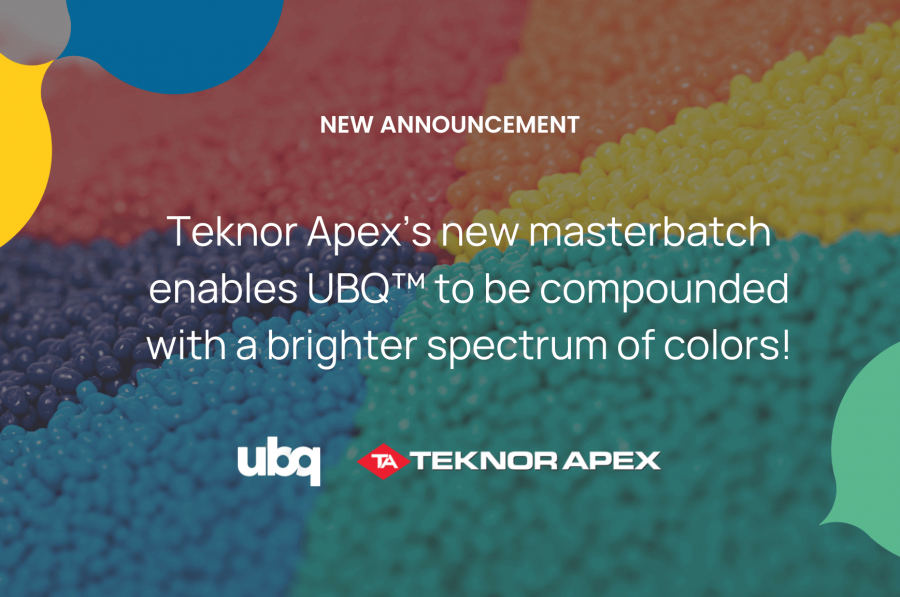Life cycle perspective is an approach that evaluates the potential environmental impacts associated with each stage that a product or material goes through during its lifetime, from cradle to grave. It is an essential tool for businesses as it helps them to document and quantify the material flow and environmental impact of different phases of their product’s life cycle. It also helps businesses make strategic decisions on how to improve their processes and minimize the product’s overall environmental impact.
In this blog post, we will take a closer look at the stages of the product life cycle as well as the advantages and limitations of using a product life cycle perspective. We will also discuss why it is important and how it affects life cycle assessment (LCA).
The primary product life cycle stages considered using a life cycle perspective are:
1. Design: Many important decisions are made in the design phase that influence everything from material choice to ease of recyclability. The life cycle perspective should be built in from the beginning of a product’s conception.
2. Raw Material Extraction and Processing: This stage includes the extraction, transportation, and processing of the raw and secondary materials used to make a product, such as wood or plastic (made from fossil fuels).
3. Manufacturing: The manufacturing phase involves making the raw and secondary materials into the finished end-product—for example, molding plastic into a lawn chair.
4. Transportation and Distribution: This phase includes transporting the product to retailers and consumers. Factors like distance traveled, product weight, mode of transportation, and fuel choice play a large role in the environmental impacts of this stage.
5. Product Use: This stage includes the use of the product by the consumer. For cars and electrical appliances, and items needing frequent cleaning, the use phase can have substantial environmental impacts.
6. End-of-Life: The end-of-life stage involves disposal and waste treatment after the consumer is done with the product. Potential end-of-life options include recycling, composting, landfilling, and incineration, but also reuse by another consumer. Environmental impacts associated with product end of life include the emission of methane from food waste disposed in a landfill and carbon dioxide from incineration of plastic.
Advantages of life cycle perspective include:
• It helps companies understand the environmental impacts of their products at different stages of their life cycle.
• It helps companies make informed decisions about their products from the beginning.
• It helps companies optimize their sustainability and profitability.
Limitations of life cycle perspective include:
• It requires a great deal of information.
• It relies on assumptions for factors that are outside the manufacturer’s control, such as use and disposal decisions by end-customers.
Why is product life cycle assessment important?
Life cycle assessment (LCA) is the process of evaluating the environmental impact of a product over multiple stages of its life cycle. An LCA aims to quantify the environmental impacts of a product at various stages of its life cycle, which can include everything from raw material acquisition to end-of-life disposal. This information can then be used to identify opportunities to reduce the overall environmental impact.
The product life cycle is an important consideration in LCA because the environmental impact of a product can vary depending on the stage of the product life cycle. In some cases, reducing environmental impacts in one phase can inadvertently shift the impacts to another—a life cycle perspective helps to identify these potential trade-offs. For example, during the raw materials stage, the environmental impact may be higher for products made from fossil fuels. During the transportation stage, products made from lightweight materials like plastic will require less fuel and produce lower greenhouse gas emissions. It’s important to consider the relative effect of each decision on the product’s overall environmental impact.
In conclusion, life cycle perspective is an essential concept for businesses as it helps them understand the different stages that their products go through, and how they can best manage them. By understanding the product life cycle, companies can make informed decisions about how to manage their products and optimize the sustainability of their product. Additionally, it is important to consider the life cycle perspective as it affects the environmental impact of a product over its entire life cycle, which companies can evaluate using LCAs.
UBQ’s Life Cycle Assessment (LCA)
The LCA report for the UBQ™ material was conducted by sustainability consulting firm Quantis. This cradle-to-gate LCA illustrates the climate-positive environmental footprint of the UBQ™ material.
The LCA report for UBQ™ evaluated the global warming potential of the raw materials—which in UBQ’s case is household waste—and material processing.


